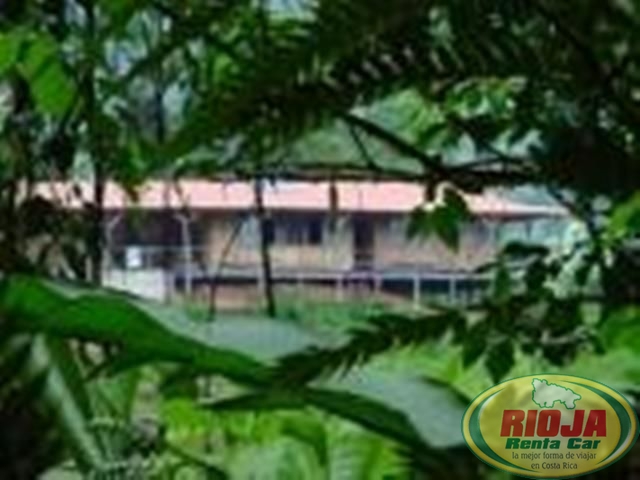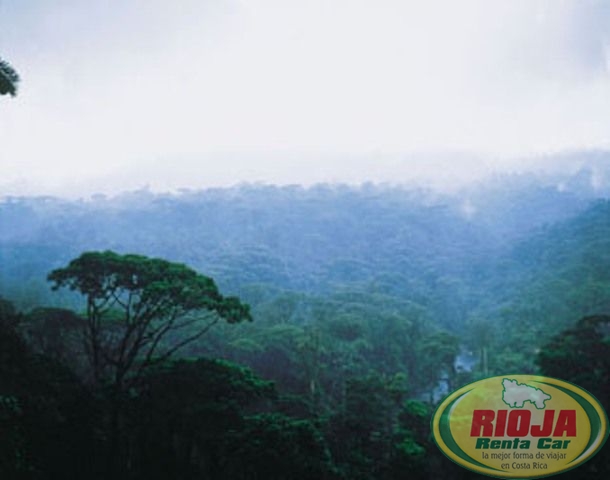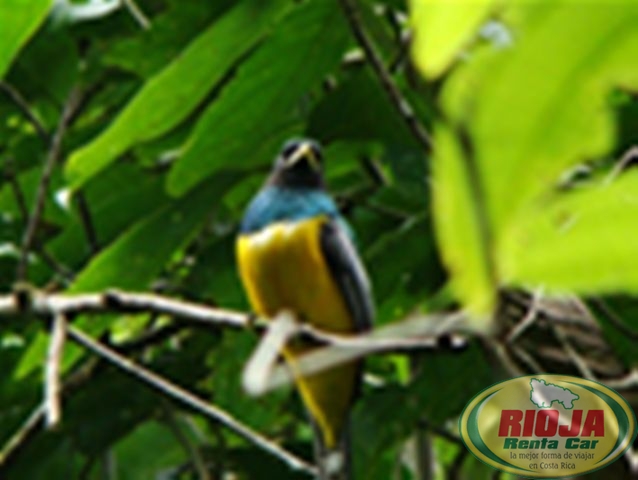


Located in the Cordillera de Talamanca, in the districts of El Guarco, Jimenez, Turrialba and Paraiso
Area: 5.155 hectares (12.372 acres)
Established: 1/2/82
58,500 hectares.
HISTORY
Casa Refugio Ojo de Agua
(Built in 1810)
The sidewalk by the Cerro de la Muerte, which was built by Pedro Calderón in 1869, served as the settlers until 1945, when he built the Interamerican Highway.
"A Alforja with ground beans, boiled eggs, potatoes, rice, half of coffee and other drinks with fresh water and a piece of sobado, nance and Spirits to warm, the food was carrying passengers"
IMPORTANCE
Due to its geographical location (heights from 700 to 3491 m), protects a variety of ecosystems such as heathland, bogs, marshes, savannas no trees, forests and cloud forests cage, the latter consisting mainly of oak tall.
Topography combined with high rainfall facilitates precensia more than 150 rivers, supplying goods and services for the Costa Rican society. Its water network is very important for hydropower generation and drinking water.
Park in conjunction with other Protected Areas surrounding the Chirripo National Park, the Tapantí, Los Santos Forest Reserve and the Indian Reservation Chirripó constitute an immense biological corridor that allows the species, especially animals, and move along a lengthwise in search of food and places to breed. Furthermore, it is considered as the largest continuous forest in the country which includes the largest concentration of oak.
FLORA AND FAUNA
The flora in the Park, is one of the richest and most representative of Costa Rica, as a result of speciation and endemism. Has five different areas of life: pre-wet forest, rainforest premontane, low montane rainforest, montane forest and subalpine rain páramo.
The variety of ecosystems are home to many animal populations, where there are able to obtain supplies of food. For example, the wetlands, rare and unique ecosystem in Central America, has a plant species called Cañuela (Chusquea sp.) Which is the main source of the diet of tapirs. Other mammals such as manigordos, ocelot, the Leon Brenner, mountain goats, mountain lions, badgers, and Sain, who are in danger of extinction, are located in the Park. Altogether about 45 species of mammals.
Among the birds include the quetzal, goldfinch, escarchero, collareja pigeon and several species of hummingbirds, ducks, rualdos, toucans and climbing, among others.
Tapantí
LOCATION
The sector Tapantí, formerly known as National Wildlife Refuge and National Park Tapantí Tapantí is located in the district of Orosi in Paraiso de Cartago. To get there take the route to the City of Carthage. Continue to Paraíso, Orosi, Rio Macho and Tapantí. The road is passable all year round and is suitable for all types of vehicle. If the trip is done in public transport services must address in Carthage that will take the bus to Orosi and Rio Macho. The terminal is located on the south side of the Ruins of the Church of Carthage. Then walk 9 km
It is important to bring an umbrella because it is one of the wetter areas of the country. Do not forget to bring insect repellent, although not essential. Bring extra clothes and comfortable shoes for walking in the mountains. Bring bathing suit if you want to swim in the Rio Grande de Orosi. You can eat in Orosi and Cartago.
IMPORTANCE
Its altitude ranges from 1220 to 2560 m altitude, where there are two areas of life: Rain Forest and Lower Montane Rain Forest Premontane. Is characterized as one of the wettest places in the country, registering an annual rate of more than 6,500 mm of precipitation, and even, an opportunity has come up to 8000 mm. The rainiest period is from May to October.
The area is bisected by the Rio Grande de Orosi, which led large numbers of rivers and streams. This vital fluid is used for hydroelectric power and to supply a large proportion of the population of the metropolitan area, through the aqueduct of Orosi.
FLORA AND FAUNA
Protects an extraordinary diversity of natural resources. There are around 45 species of mammals, including some endangered or with small populations such as the tapir, the paca, manigordo cats like the ocelot and Leon Brenner, the mountain goat, rabbit bush, the hammer, the raccoon, the pizotes, monkey-faced and Guatuza.
The area is located about 260 species of birds as quetzales, hawks, falcons, turkeys, doves, goldfinches, hummingbirds, parrots, chickens, mountain, tanagers and orioles, among others.
Reptiles such as lizards, basilisks, the olive ridley, the bocaracá and hands of stone. In total there are 28 species of reptiles.
There are approximately 28 species of amphibians among salamanders, frogs and toads.
The insects are very abundant and many species not yet described by science. The butterflies are beautiful colors. Among the highlights Thysania Agripina night, considered the largest in America.
Representatives of other orders of insects such as drones, wasps and crickets, are very numerous.
Among the characteristic vegetation of the area, mention oak, magnolia, buried, the anger rose, the cages, the tap of a mule, the papayillo, the quebracho, the umbrella poor, bromeliads, orchids, mosses and ferns.

 English
English






